Tharparkar – Quenching their thirst
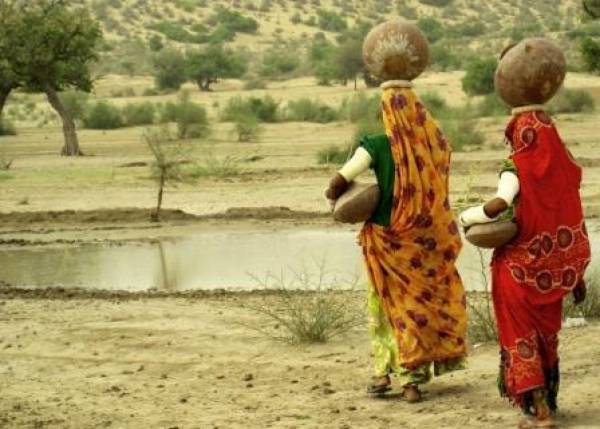
The Tharparkar desert is the largest desert of Pakistan and the eighteenth largest in the world. For the last ten years there have been drought like conditions in Tharparkar. Scores of people have died in 2014 because of the drought and over 175,000 households have been affected.
QWT would like to help the people of Tharparkar by quenching their thirsts and digging deep water-wells in some of the severest affected areas. QWT has decided to partner up with Rahma Islamic Relief for this project.
[vcfb id=413573695446278]
Background Information
Tharparkar district (Thar Desert) is spread over 22,000 square kilometers with a population of around one million. The district is ranked as the most food-insecure by the World Food Program of Pakistan’s 120 districts. More than 90% people of the district live in around 2,000 villages. More than 80% of people’s livelihood is dependent on precarious rain-fed agriculture and livestock.
Problem
According to the WHO, 80% of water in Tharparkar is not fit for the human consumption. Due to the unavailability of clean water, on average three people from a family spend 3 to 5 hours daily to fetch water from alternate sources/villages for human and livestock consumption. Women and children pull the rope by hands to take out water from the deep wells. There are limited numbers of water wells and hand pumps which usually have brackish water. This is the reason that makes the district higher on maternal mortality rates. Pregnant women travel for hours and miles to bring water to their houses. Due to the difficulties of collecting water, people use it sparingly, which results in unhygienic condition leading to diseases. The men suffer more as they do more physical work, hence they feel dehydrated and consume more water which is highly contaminated, and develop debilitating diseases.
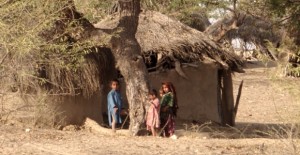 Most of the water in the district is brackish and fluoride level is very high which causes several diseases. According to a research study, the fluoride level at many locations in Tarparkar is as high as 13ppm compared to the normal level of 1ppm, thus making it unfit for human consumption. More than 50 per cent of the population using water with total dissolved solvents of over 5,000mg per litre (mg/l), while over 80 per cent of groundwater in the district is unhealthy for human consumption.
Most of the water in the district is brackish and fluoride level is very high which causes several diseases. According to a research study, the fluoride level at many locations in Tarparkar is as high as 13ppm compared to the normal level of 1ppm, thus making it unfit for human consumption. More than 50 per cent of the population using water with total dissolved solvents of over 5,000mg per litre (mg/l), while over 80 per cent of groundwater in the district is unhealthy for human consumption.
In the absence of public water supply system, people are compelled to use groundwater which is high in fluoride. Fluoride causes dental and skeletal fluorosis, osteosclerosis, thyroid and kidney problems when its concentration exceeds 1.5 mg/l in drinking water, and the intake of excessive fluoride leads to chronic bone and joint deformations.
Proposed Solution
A quick yet viable solution to the water problems of the poor people of Tharparkar is helping them through installation of deep water wells / boreholes, and water storage tanks. The approach is to ensure the provision of clean drinking water on a long term basis. On the basis of the assessment conducted, boreholes and wells can be installed
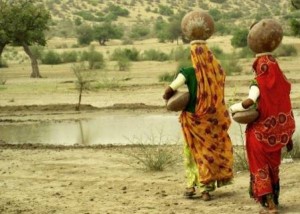 We have identified four villages that could benefit from deep water wells. The people in these villages are poor and currently have either limited or no access to drinking water. The idea is to dig water wells to provide the community-based clean drinking water. Hundreds of households shall directly benefit from this project in terms of availability of safe water for human and livestock consumption. The people of the target villages shall no longer need to walk for hours to fetch water.
We have identified four villages that could benefit from deep water wells. The people in these villages are poor and currently have either limited or no access to drinking water. The idea is to dig water wells to provide the community-based clean drinking water. Hundreds of households shall directly benefit from this project in terms of availability of safe water for human and livestock consumption. The people of the target villages shall no longer need to walk for hours to fetch water.
QWT Photos
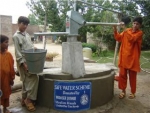



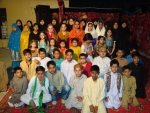
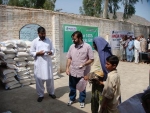
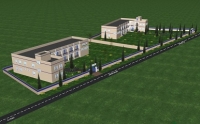
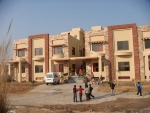

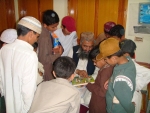
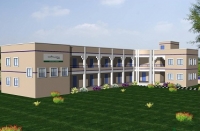
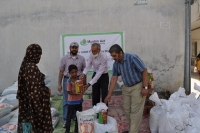
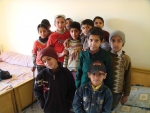












Categories
Recent Posts
Archives
- April 2020
- May 2019
- March 2019
- July 2018
- April 2018
- May 2017
- February 2017
- June 2016
- May 2016
- November 2015
- October 2015
- July 2015
- June 2015
- May 2015
- March 2015
- October 2014
- August 2014
- July 2014
- June 2014
- April 2014
- March 2014
- February 2014
- November 2013
- July 2013
- April 2013
- January 2013
- December 2012
- October 2012
- July 2012
- June 2012
- May 2012
- April 2012
- March 2012
- February 2012
- December 2011
- August 2011
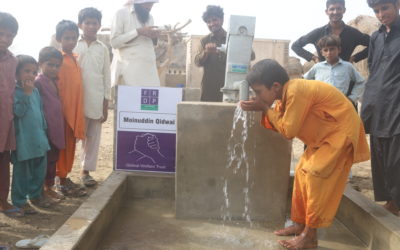
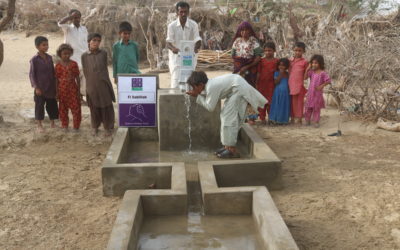

Recent Comments